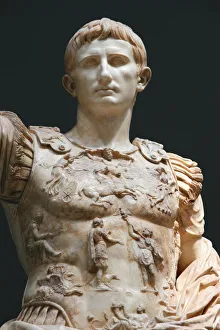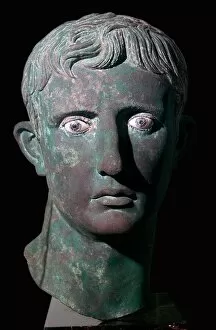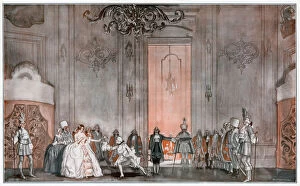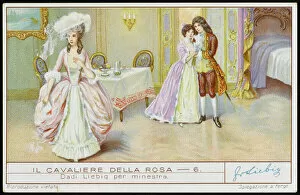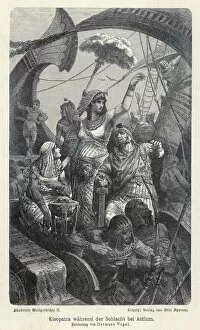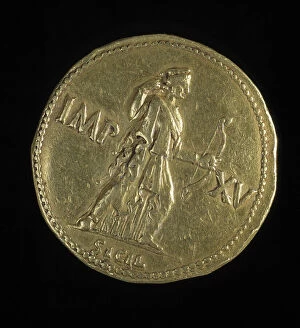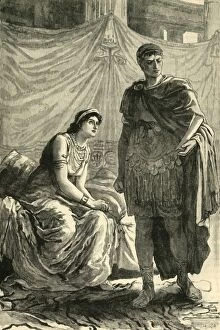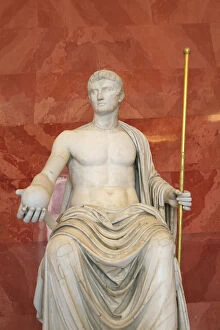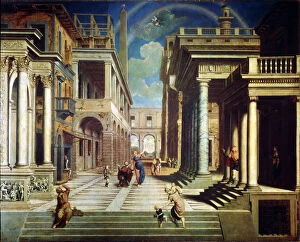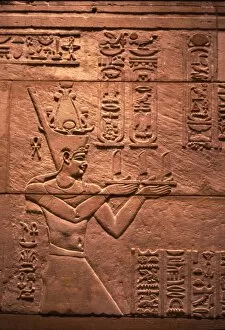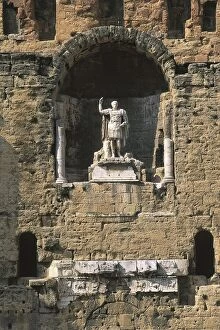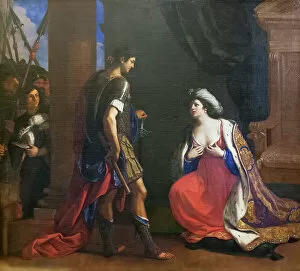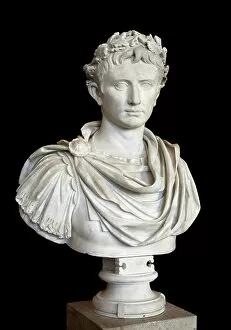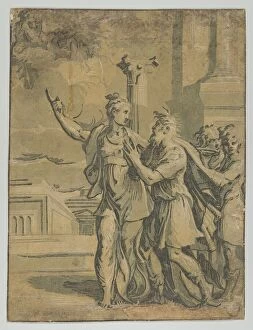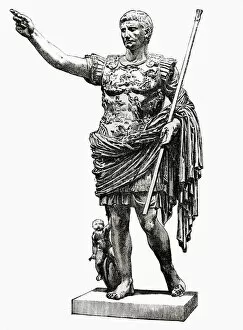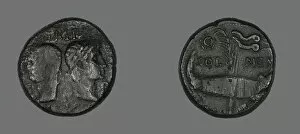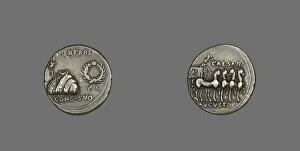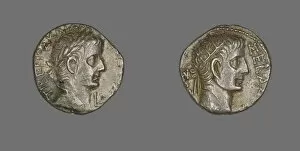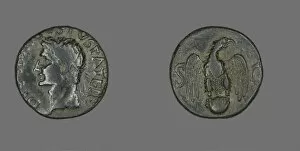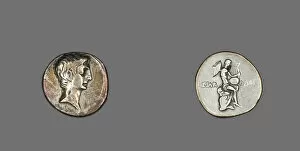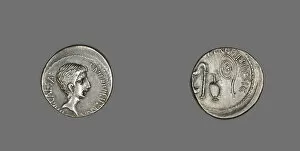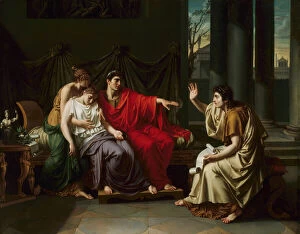Octavian Collection
Octavian, also known as Augustus Prima Porta, was a prominent figure in ancient Rome
All Professionally Made to Order for Quick Shipping
Octavian, also known as Augustus Prima Porta, was a prominent figure in ancient Rome. His legacy can be seen through various artifacts and artworks found in the Vatican Museums. One such artifact is the Bronze head of Augustus, which dates back to around 27-25 BC and was discovered in Meroe, Sudan. Octavian's influence extended beyond his physical appearance; he was also celebrated in music and opera. Strauss' Rosenkavalier features Octavian as one of its main characters, showcasing his importance even centuries later. The Battle of Actium in 31 BC marked a significant turning point for Octavian's rise to power. This naval battle against Mark Antony and Cleopatra ultimately led to their defeat and solidified Octavian's position as the sole ruler of Rome. His reign is immortalized through numerous statues scattered throughout history. The Vatican Museum proudly displays a Statue of Caesar Augustus, depicting him with regal authority. One intriguing piece showcases an imagined encounter between Octavian and Cleopatra from 1890. Although the creator remains unknown, this artwork captures the tension between these two powerful figures during their historic meeting. Another statue portrays Augustus as Jupiter during the first half of the 1st century BC, emphasizing his divine status among Romans. Artists have long been fascinated by Octavian's story; an oil painting from 1640 depicts Cleopatra standing before him, capturing her vulnerability while facing his dominance. A more contemporary representation comes in the form of a head sculpture dating back to approximately 14 AD. This lifelike portrayal offers insight into how people perceived Octavian during his lifetime. Even after his death, artists continued to commemorate him through their works. A painting titled "Death of Augustus" from 1890 pays tribute to this influential leader who shaped Roman history forever.

